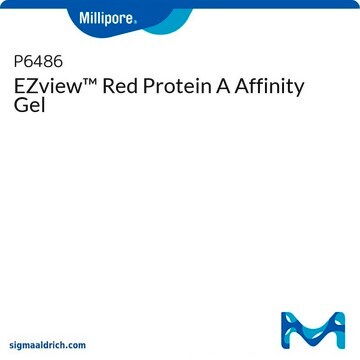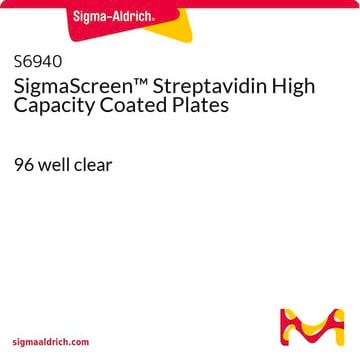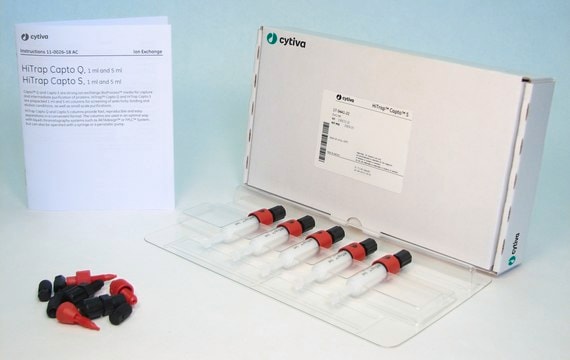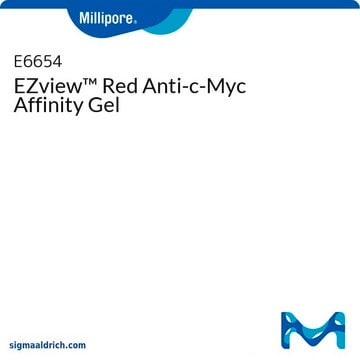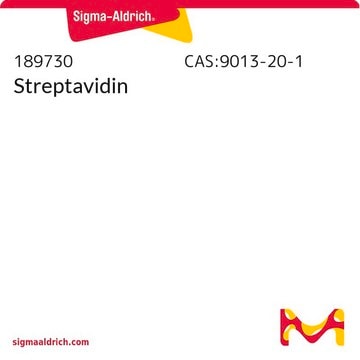E5529
EZview™ Red Streptavidin Affinity Gel
About This Item
Polecane produkty
Postać
suspension
okres trwałości
1 yr
metody
western blot: suitable
macierz
4% agarose
pH
7.2
pojemność
~10 μg(biotin per ml of packed gel)
Warunki transportu
wet ice
temp. przechowywania
2-8°C
Opis ogólny
cyanogen bromide-activated 4% agarose beads. It is designed to capture (pull-down) the biotinylated target molecules, such as proteins, peptides, antibodies, nucleic acids, lectins, receptors and ligands.
Zastosowanie
Cechy i korzyści
- Increased visibility - Red color reduces risk of incidental aspiration
- Improved recovery of target protein by reduced accidental loss
- Higher reproducibility - More consistent yields
Postać fizyczna
Informacje prawne
Kod klasy składowania
10 - Combustible liquids
Temperatura zapłonu (°F)
Not applicable
Temperatura zapłonu (°C)
Not applicable
Certyfikaty analizy (CoA)
Poszukaj Certyfikaty analizy (CoA), wpisując numer partii/serii produktów. Numery serii i partii można znaleźć na etykiecie produktu po słowach „seria” lub „partia”.
Masz już ten produkt?
Dokumenty związane z niedawno zakupionymi produktami zostały zamieszczone w Bibliotece dokumentów.
Klienci oglądali również te produkty
Powiązane treści
Investigate in vitro protein-protein interactions with pull-down assays, utilizing affinity, GST pull-down, TAP, and co-immunoprecipitation methods.
Badanie interakcji białko-białko in vitro za pomocą testów pull-down, z wykorzystaniem metod powinowactwa, GST pull-down, TAP i koimmunoprecypitacji.
Nasz zespół naukowców ma doświadczenie we wszystkich obszarach badań, w tym w naukach przyrodniczych, materiałoznawstwie, syntezie chemicznej, chromatografii, analityce i wielu innych dziedzinach.
Skontaktuj się z zespołem ds. pomocy technicznej

